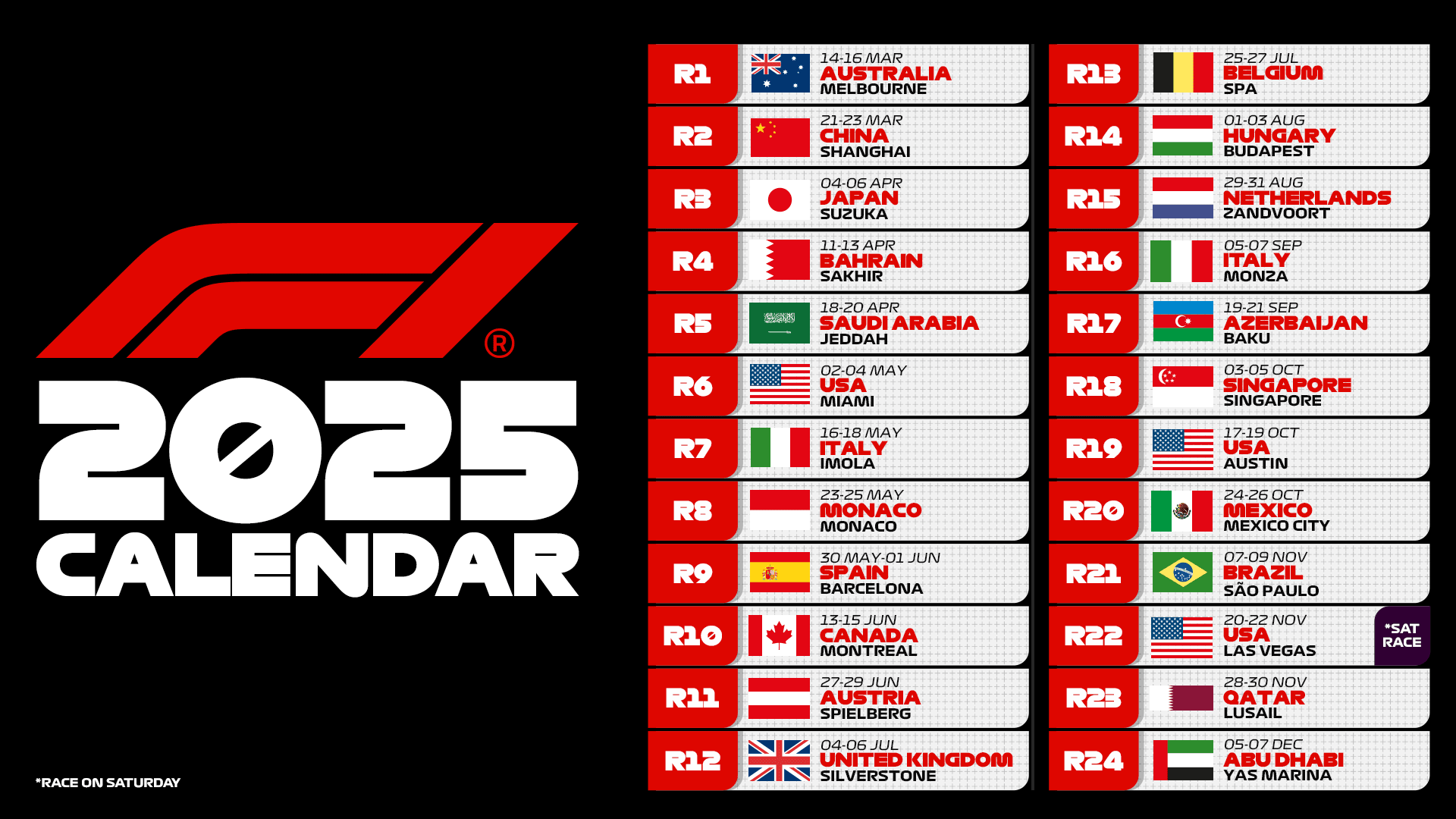
On December 23, 1997, Michael Schumacher made his first “public” appearance with the new Ferrari F300, in a completely unusual version. The car was entirely black, raw carbon fiber on the Maranello single-seater, without the usual red paint, with the only identifying mark being the Prancing Horse on the tip of the nose.
The testing session, (back when they could be conducted freely!) took place on Ferrari’s own track at Fiorano, with an electrical issue that led Michael Schumacher to complete only two and a half laps. The 649 project by the Rory Bryne – Ross Brawn duo had a completely different philosophy from the previous car. Ferrari was preparing to “put pressure” on McLaren, with whom they would battle for the next two Formula 1 seasons.
That testing session, brief as it was, went down in history precisely because of the black coloring of the Ferrari F300. An unprecedented version never again replicated by the Maranello team over the years. If we draw an analogy with the current cars, it can be the “exposure” of carbon in many parts of the car to avoid weighing them down with paint. At the time, these problems did not exist as the cars weighed 200 kg less than the current generation of Formula 1 single-seaters.
The black-colored Ferrari F300 has become an icon for Formula 1 enthusiasts and lovers of a historical period considered “immortal” for this sport.
The Ferrari F300 was equipped with the 3-litre Ferrari Tipo 047 V10 engine and was designed to comply with the FIA’s new regulations for the season, which required a narrower track width. The car prominently featured Marlboro branding, except during the French, British, and German Grands Prix.
The Ferrari F300 laid the groundwork for the Maranello team’s future dominance. Michael Schumacher clawed back from a significant deficit to tie Mika Häkkinen in points after securing his sixth win of the season at the Monza circuit in front of the Tifosi. However, a narrow defeat to the Finnish driver at the Nürburgring in the penultimate race meant the Formula 1 championship was no longer in Michael Schumacher’s control. His German driver’s title hopes were dashed at the Japanese Grand Prix, the finale round of the season, where a stalled start and a subsequent puncture thwarted his comeback attempt. Even a podium finish would have been futile, as Mika Häkkinen won the race, finishing the season with 100 points to Michael Schumacher’s 86.
Show your support for Scuderia Ferrari with official merchandise collection! Click here to enter the F1 online Store and shop securely! And also get your F1 tickets for every race with VIP hospitality and unparalleled insider access. Click here for the best offers to support Charles and Lewis from the track!
Eddie Irvine ended the season in fourth place, contributing to Ferrari’s success with second-place finishes in both of the team’s 1-2 results in France and Italy. While Michael Schumacher claimed six victories, Eddie Irvine did not secure a single win, though he achieved his highest championship finish to date and collected several podiums throughout the F1 campaign.













.png)

Leave a Reply